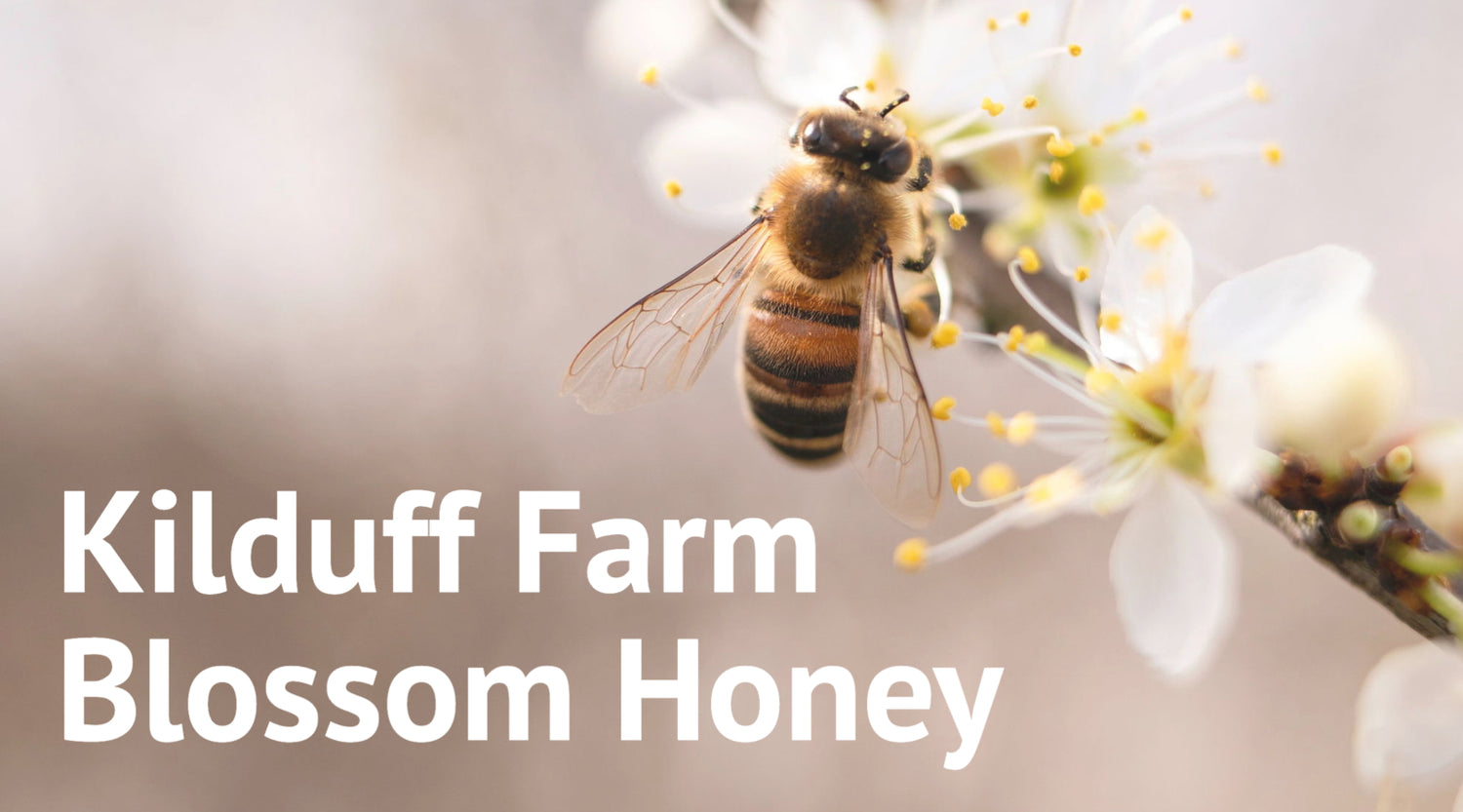The Waggle Dance
Most of us when we see a bee in flight are struck with complete fear that we’re going to be stung by the tiny fluffy things.
We swing at them with random movements in a desperate attempt to waft them, or ourselves, away from the danger. Once that paranoia kicks in it’s hard to see the bee as anything other than a killer stinger out to get you, your entire family, and everyone within a five-mile radius. What most of us don’t realise, however, is that not only are these bees vital to our survival, but much like our own communication of flapping our arms and running around in wild circles, bees communicate. If we’re lucky we’re taught in school about the wonders of bee dances in biology, looking in amusement as they waggle their tails and move in unique ways. However, few of us are taught about the discovery and realities of the language of the bees, and why their communication is so important to not just them, but us as consumers of honey.
History of the Dance
Before considering why bee dances are not only cool to watch, but also really useful, a brief history lesson on bee dances is warranted. A brief summary is as follows – in the early 1900s von Frisch (1937) studied bee colonies and found that not only did bees dance in order to demonstrate the direction in which the source of honey was, but that the intensity of the dance correlated to the quality of the food source. It seemed like von Frisch had all the answers, and the implications were huge – animals had cognition – this changed everything. Or did it? Cue Wenner, a researcher who was about to engage in a long argument spanning decades with von Frisch about whether bees could communicate or not. Wenner’s hypothesis – bees acted on scent alone. This argument continued into the second half of the century when von Frisch’s argumentation prevailed, and the bees were solidified as having a form of communication; a language of bees was addressed, and bees paved the way for cognitive advancements in animals (Information from Munz 2005).
The Waggle Dance
But just exactly what do bee dances look like, you ask? Why does this have any relevance in everyday life? Why should we consider not running around like headless chickens at the sight of the tiny fluffy things? Starting with the spectacle of bee dances. Amusingly, the patterns are not dissimilar to the erratic movements of fear that we as humans make when avoiding bees and wasps. There are two types of bee dance: the waggle and the round dance. Taking the waggle first, there are three main things it tells the hive.- How far away the food source is
- What direction the food source is in
- The quality of the food source
Below is one of the original diagrams that von Frisch drew of the dance, which shows the figure of 8 movement of the dance. The eponymous waggle across the straight section is what tells the hive the direction of the food source, whilst the duration of the dance, and the intensity tells the distance and quality. (Chadwick et al. 2016)

I can’t recommend enough googling the waggle dance, firstly because there are some great simple videos out there explaining it, and secondly, because it's mesmerising and very calming to watch (hours can be spent…)
Here’s David Attenborough at his finest explaining the waggle:
The round dance is comparatively simpler, and is used for close by food sources, where the scent is enough for the other bees to play detective and find the food. However, it is just as important for revealing food sources. (Chadwick et. Al 2016)
Time to hit the big question of: whilst interesting, what relevance does this have to anything we do in our everyday lives? A good question, with several important answers. First – it highlights the importance of not disturbing bees in flight – you can be depriving bees of food by taking them off track, and that’s just not cool. Second, honey. Bees communicate the quality of the food source. A better food source means better honey, which means happier us when stuffing our faces with the sweet stuff.
So, the next time you see a bee in flight, don’t run away, don’t swat it and disturb it, let it fly on its way to communicate the secrets of the food source and make the best honey, because honey is delicious, and bees deserve the best.
For more detailed information on bee dances and communication see our website, and the following:
Chadwick, F., Alton, S., Tennant, E., Fitzmaurice, B. and Earl, J. (2016). The Bee Book. London: Dorling Kindersley Ltd., pp.44-45.
Munz, Tania. “The Bee Battles: Karl von Frisch, Adrian Wenner and the Honey Bee Dance Language Controversy.” Journal of the History of Biology, vol. 38, no. 3, 2005, pp. 535–70, https://www.jstor.org/stable/4331968.
Von Frisch, K. “The Language of Bees.” Science Reviews 2000 Ltd./ Science Progress, vol. 32, no. 115, 2000, pp. 29–37, https://www.jstor.org/stable/43412018.






2 comments
What are bees afraid of. Also what do bees do when they see a predator.
What are bees afraid of. Also what do bees do when they see a predator.